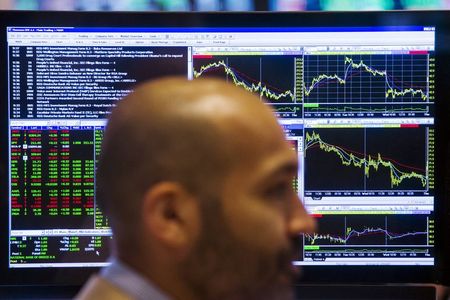Follow us on LinkedIn
Market timing refers to the practice of attempting to predict future market movements in order to buy or sell securities at the most advantageous times. Proponents of market timing believe that it can be a highly effective strategy for generating better risk-adjusted returns, as it allows investors to take advantage of market trends and avoid periods of market decline.
A popular market timing strategy is the use of price-based technical indicators such as moving averages, and momentum indicators. For example, an investor may use a moving average crossover strategy to buy when the short-term moving average crosses above the long-term moving average, indicating a bullish trend, and sell when the short-term moving average crosses below the long-term moving average, indicating a bearish trend.
Reference [1] investigated the effectiveness of non-price-based indicators in market timing strategies. It pointed out,
In this paper, our goal is to construct a market timing strategy that would reliably sidestep the equity market during bear markets and thereby reduce market volatility and boost risk-adjusted returns. We build trading signals based on price-based indicators, macroeconomic indicators, and a leading indicator, a yield curve, that can predict recessions and bear markets in advance. Our best-performing strategy uses signals from the Treasury spread, a 200-day SMA, and an alternative risk metric, the Rachev ratio, as trend indicators, while Real Retail Sales Growth, Industrial Production Growth, and S&P Composite dividends as macroeconomic indicators. Based on the sample period from 1927 to 2022, it yields an annual excess return of 7.05%, well above the market return, while doubling the market Sharpe ratio to 0.60 and cutting the maximal drawdown by two-thirds to -25.13%.
In short, the paper demonstrated that incorporating macroeconomic indicators and the yield curve into price-based market timing strategies can lead to improved performance.
While we acknowledge the validity of this finding, we note that the analysis conducted in the study lacked out-of-sample testing. Incorporating such testing could serve to further augment the strategy’s effectiveness. Additionally, the integration of advanced techniques such as machine learning can prove beneficial to refining and optimizing the methodology.
Let us know what you think in the comments below or in the discussion forum.
References
[1] Ďurian, Ladislav and Vojtko, Radovan, Avoid Equity Bear Markets with a Market Timing Strategy, 2023. https://ssrn.com/abstract=4397638
Further questions
What's your question? Ask it in the discussion forum
Have an answer to the questions below? Post it here or in the forum




